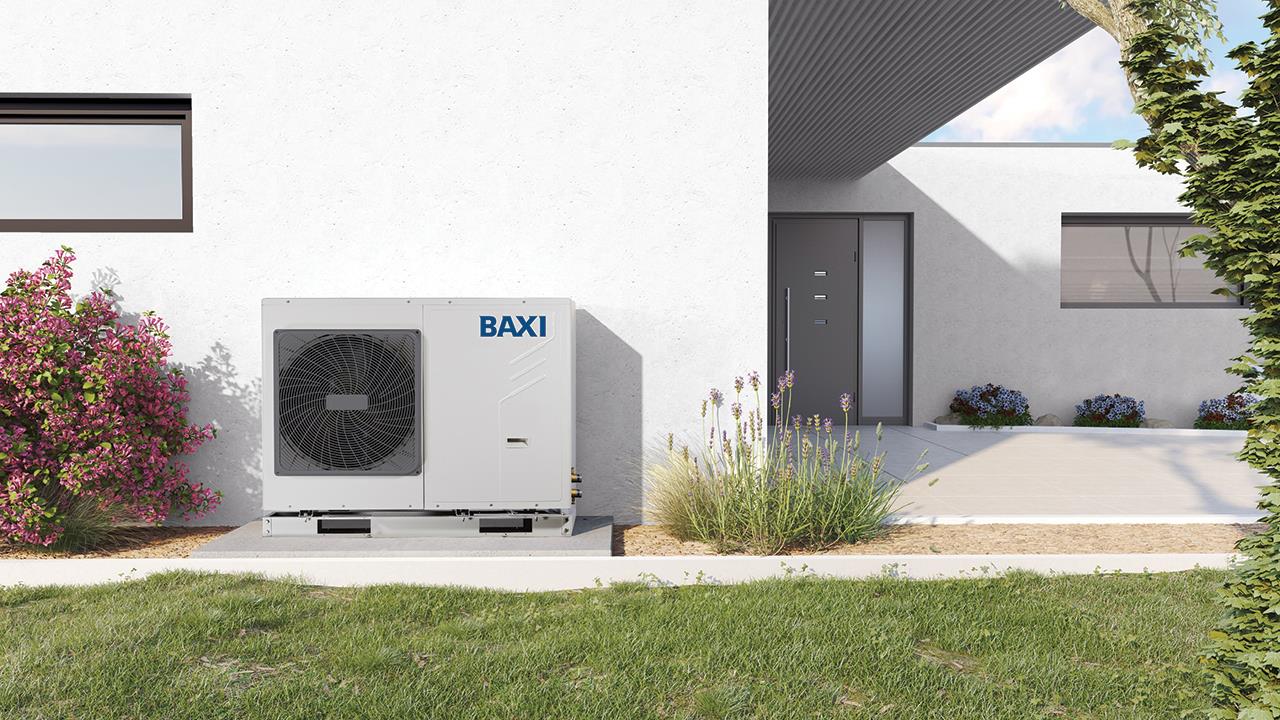

In its Ten Point Plan, the UK government outlined an aim to grow the heat pump manufacturing base as a popular solution for decarbonising homes. As such, a target of 600,000 heat pump installations per year by 2028 has been put in place.
Ramping up the rollout of heat pump systems does have its challenges, however. While newbuild housing is an obvious route, it isn’t realistic to rely solely on these properties to achieve that target. With existing social dwellings making up 20% of all UK homes, this sector must also be considered, as housing providers face mounting pressure to decarbonise their stock.
Installation obstacles
Air source heat pumps (ASHPs) are the most logical heating system for residential properties, due to being smaller in size and less disruptive to install when compared to ground source heat pumps. But replacing traditional boiler systems with ASHPs is still not a straightforward process due to the diverse nature of the housing stock.
For air source heat pumps to function properly and maximise efficiency, it is imperative to keep the primary flow temperature as low as possible. This means a higher surface area is required for radiators, compared to those needed for a heating system with a conventional boiler. Housing providers must therefore consult heating professionals to determine whether radiators are of an appropriate size to support an ASHP system. If this isn’t the case, then all radiators would need to be upgraded first.
It must also be kept in mind that as air source heat pumps can’t heat water instantly, a hot water storage cylinder would need to be installed. In the UK, around 15 million properties have a combination boiler installed, which doesn’t require a storage tank. For homes with combi boilers, more extensive changes would need to be factored in to accommodate a hot water cylinder along with the ASHP unit.
Even if a property already has a hot water storage tank in place, this is likely to require an upgrade. To work properly with a heat pump, the hot water cylinder needs a large coil capacity. Older storage cylinders lack the necessary surface area and would need to be replaced with a newer, more efficient model.
Hybrid systems
Accommodating extra components can make a ‘like-for-like’ system replacement prohibitively costly and disruptive for social dwellings. Housing providers could therefore adopt a phased approach to upgrading their stock, where hybrid systems are installed first, such as a boiler combined with an ASHP system.
By installing a heat pump unit in tandem with the existing boiler, fewer significant changes would be required. In the case of homes with combi boilers, a hybrid system can circumvent the need for a hot water storage cylinder.
Dwellings that already use a water storage tank yet lack sufficient heat emitters for a complete ASHP system can also benefit from a hybrid setup. The heat pump unit may be installed externally and contribute to the heating output alongside the boiler, reducing the need for radiator upgrades.
In both cases, a hybrid system would allow the heat pump to fulfil low and medium heating requirements, while reserving the boiler for when a higher heat output is needed. This approach can still achieve significant carbon savings and increased efficiency for properties.
A step-by-step process
By phasing the transition to heat pumps through initially installing hybrid systems, housing associations can spread the cost of upgrades over a longer period of time and minimise overall disruption compared to full-scale replacement.
As housing associations face increasing pressure to retrofit properties in line with net-zero targets, adopting a phased approach with incremental implementation of heat pump technology stands out as a viable solution to help achieve decarbonisation.
If you'd like to keep up-to-date with the latest developments in the heating and plumbing industry, why not subscribe to our weekly newsletters? Just click the button below and you can ensure all the latest industry news and new product information lands in your inbox every week.